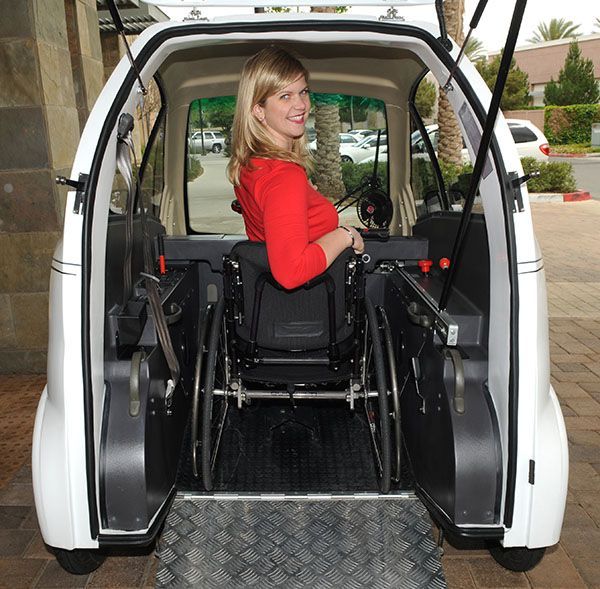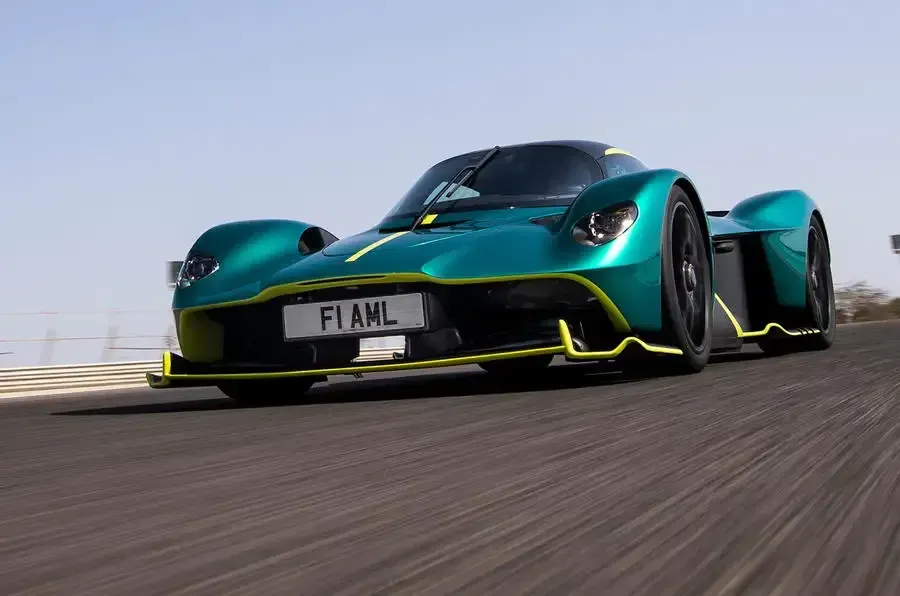Understanding the Different Types of Wheelchair Accessible Vehicles
The world of Wheelchair Accessible Vehicles (WAVs) in the UK is diverse and tailored to meet various mobility needs. These vehicles are not just a mode of transportation; they represent independence and inclusivity for individuals with disabilities.
Here, we delve into the different types of WAVs available, helping you navigate through your options.
The world of Wheelchair Accessible Vehicles (WAVs) in the UK is diverse and tailored to meet various mobility needs. These vehicles are not just a mode of transportation; they represent independence and inclusivity for individuals with disabilities.
Here, we delve into the different types of WAVs available, helping you navigate through your options.
Size.
One of the primary categories of WAVs is the size-based classification. Small WAVs are often the most economical choice. They are typically converted from standard small cars and are perfect for city driving due to their compact size. These vehicles usually accommodate one wheelchair user and are ideal for individuals or small families. The conversions often involve a lowered floor and a ramp for easy access.
Medium-sized WAVs offer more space and are commonly based on larger family cars or small vans. They can typically accommodate up to two wheelchair users and provide additional seating for other passengers. The extra space in medium WAVs allows for more equipment to be carried, which is beneficial for those who need to transport medical equipment or luggage.
Large WAVs are converted from vans and provide the most space. They can carry multiple wheelchair users and several other passengers. Large WAVs are well-suited for organisations such as care homes or for larger families. These vehicles often come with advanced features like electric lifts and multiple entry points, providing greater flexibility and comfort.
Entry Method.
Apart from size, WAVs can also be categorised based on the entry method. Rear-entry WAVs allow the wheelchair user to enter from the back of the vehicle. This type is particularly advantageous in tight parking spaces as it does not require extra room at the sides for access. However, it’s essential to have sufficient space behind the vehicle for deploying the ramp or lift.
Side-entry WAVs offer the advantage of parking in standard parking spaces without needing extra room at the rear. They are ideal for wheelchair users who prefer to sit in the front passenger position or drive the vehicle themselves. However, they require additional space on the side for ramp deployment, which can be a limitation in narrow parking areas.

Another aspect to consider is the internal configuration of the WAV, which includes the seating arrangement and the position of the wheelchair user. Some WAVs allow the wheelchair user to ride upfront, next to the driver, enhancing social interaction. Others have a configuration where the wheelchair user is positioned in the rear, which can offer more space and comfort.
Drive-from wheelchair and passenger-upfront WAVs are specialised types that cater to specific needs. Drive-from wheelchair WAVs are adapted so that the wheelchair user can drive the vehicle while remaining in their wheelchair. These vehicles are customised with hand controls and other modifications tailored to the driver’s requirements. Passenger-upfront WAVs, on the other hand, allow the wheelchair user to sit alongside the driver, promoting a more inclusive experience.
In addition to these types, it’s also important to consider the method of access into the WAV. Ramps are a common feature, with some being manual and others electrically powered for ease of use. Lifts are typically found in larger WAVs and are ideal for heavier wheelchairs or when the wheelchair user requires more assistance.
The choice of a WAV depends on several factors, including the size and weight of the wheelchair, the number of passengers, lifestyle, and personal preferences. For instance, a small WAV might be sufficient for daily errands and city driving, while a larger WAV could be more suitable for long journeys or those requiring extra space for equipment.
It’s crucial to consult with mobility experts before making a decision. They can provide guidance on the most suitable WAV based on individual needs and can also offer opportunities for test drives. Organisations like Motability and independent dealerships across the UK offer a range of WAVs and can assist in the selection process.
The world of WAVs is rich and varied, catering to a wide range of needs and preferences. Whether it’s a small, medium, or large WAV, rear or side entry, each type has its unique features designed to enhance mobility and independence. Understanding the different types of WAVs and their specific features can significantly aid in making an informed decision, ultimately leading to a more comfortable and inclusive driving experience.



